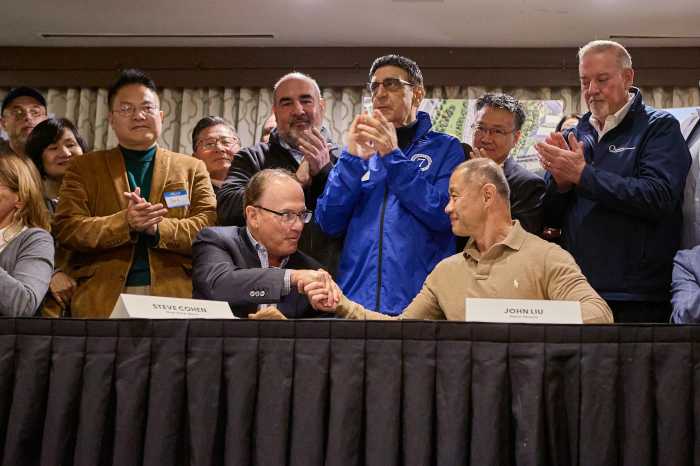Ryan Neinstein, MD, or to the public, the surgeon’s surgeon, is the man known for the so-called “Birkin Body.” However, the Birkin Body is more than a trend in many ways. In fact, from the luxury feel of arriving in the city to the careful use of the latest technologies and methods, Dr. Neinstein and his New York team are agreed by much of the world as evolving plastic surgery.
For reference, consider this brief review of one of Neinstein’s core procedures.
The History of the Tummy Tuck
Dr. Neinstein NYC may be most well-known for his mommy makeover, which contains any combination of Lipo360, a BBL, breast augmentation, and tummy tuck. But where did the concept originate? And how is Neinstein’s team continuing to challenge previous norms?

The Birth of the Tummy Tuck
The world was introduced to the first tummy tuck over 200 years ago, though not for the same reasons they are commonly received now. The main purpose of the tummy tuck procedure in the early 1800s was to remove excess skin from the abdominal area to cover up open wounds.
As one might expect, surgery used for critical wound care was not primarily concerned with cosmetics. As a result, the first tummy tucks frequently left patients without a belly button. Even surgeons who began performing tummy tucks for cosmetic purposes in the late 1800s thought it would be impossible for a patient to keep their belly button following the procedure.
Preserving the Belly Button
It was in 1905 that French plastic surgeons discovered how to keep the belly button intact during a tummy tuck. They discovered that instead of making one large horizontal incision across the entire abdomen, they could use vertical and horizontal incisions to create small flaps through which to work.
Now, nearly 100 years later, patients undergoing a tummy tuck can ensure the preservation of their belly button in this manner, and the results are smoother and more sophisticated than ever.
From Wound Treatment to Improving Appearance
Nonetheless, a tummy tuck or abdominoplasty was a relatively uncommon procedure primarily used to treat wounds, particularly during World War I, which ended in 1918. Looking ahead another 50 years to the 1970s and 1980s, doctors began using tummy tuck techniques to treat umbilical hernias, which resulted in a bulging stomach.
Surgeons quickly realized that a tummy tuck could produce a smoother, tighter appearance, paving the way for today’s tummy tuck techniques.
The Mini Tummy Tuck
Before introducing the mini tummy tuck, anyone who wanted to address any amount of sagging abdominal skin had to undergo a full tummy tuck.
Therefore, another major advancement worth noting was the partial tummy tuck. With a partial, plastic surgeons could now tighten a small amount of excess skin below the belly button using a much smaller incision thanks to the mini tummy tuck technique, also known as a partial abdominoplasty.
As part of the Mommy Makeover
Tummy tucks are now frequently combined with other cosmetic procedures, such as breast augmentation or liposuction, to create what is known as a mommy makeover. A skilled plastic surgeon can safely and effectively perform multiple procedures at once in a relatively short time, requiring only one anesthesia and a single recovery period.
For Improving Comfort
Evolutions in Dr. Neinstein’s approach to plastic surgery are also clear in the technical advances he considers to guarantee the best results and the least invasive experience. One of the technologies Neinstein uses in this procedure is an ultrasound-based device called VASER. In layman’s terms, the device can melt stubborn fat in the flanks, abdomen, back, and bra rolls. After softening the fat, the team uses small liposuction cannulas to extract. The result is a significantly contoured experience.
In comparison, following a tummy tuck (a small portion of the Birkin Bag procedure), a woman may still have some residual fatty tissue. Therefore, with VASER, Dr. Neinstein can give these patients the result they were hoping for more quickly.
In addition to melting off fat, the Birkin Body procedure also must consider how they are tightening fat. Typically, the only trustworthy way to do this step is through excision, which results in some scarring. With this previous standard in mind, Dr. Neinstein further revolutionizes plastic surgery by using the latest devices that rely on energy to tighten a patient’s collagen network. To ensure the appearance of a procedure is also as the patient expected. Through the Emsculpt device, Neinstein’s clinic can contract abdominal muscles to give patients the appearance of thousands of crunches.
Conclusion
While many believe plastic surgery to be something out of preference, Dr. Neinstein recognizes that it can be the basis for a mind-body connection. On several occasions, Neinstein relates his efforts to his connection with a young growing family that he watched cope firsthand with physical and psychological changes. Now, we see plastic surgery evolving into a widely available option for women looking to rebuild their self-confidence through a relatively non-invasive aesthetic procedure.





































